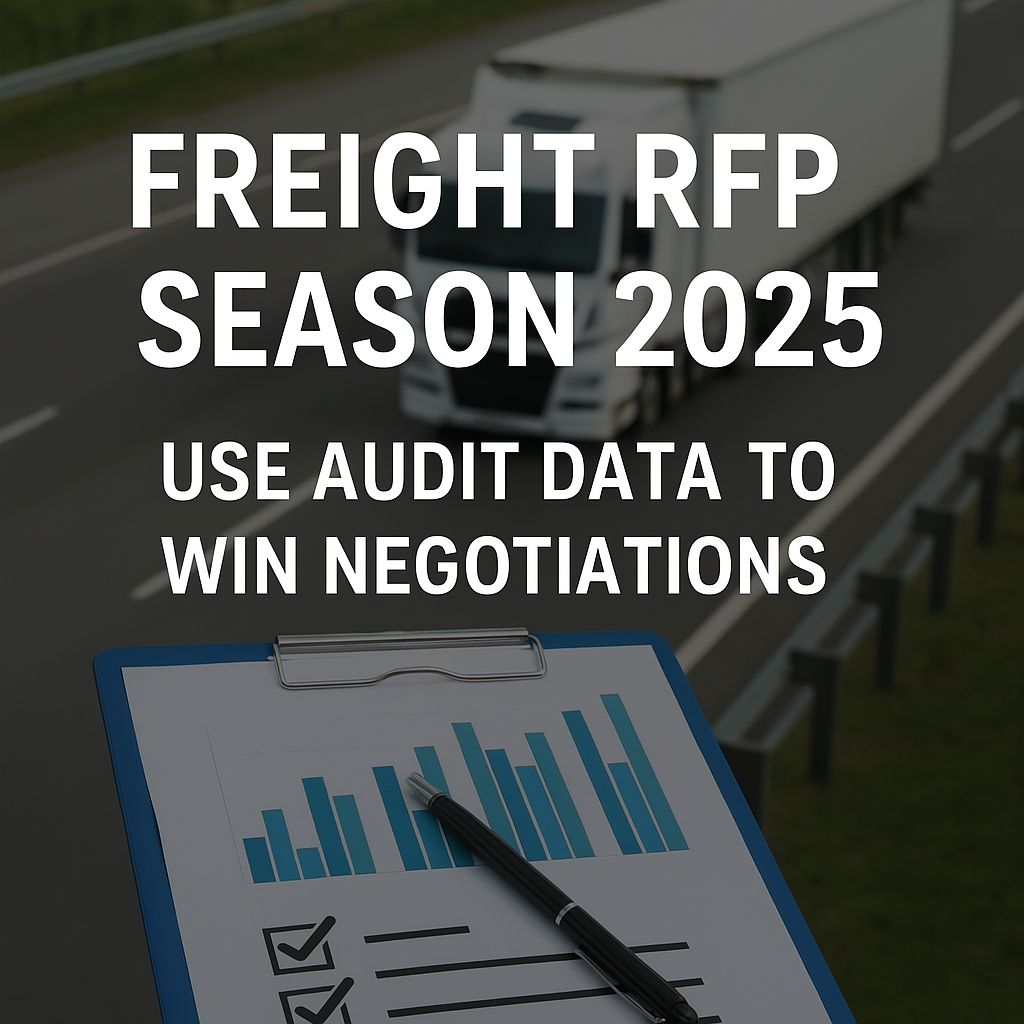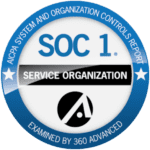Freight RFP Process: How Audit Data Can Give You The Upper Hand
It’s that time of year—supply chain and logistics leaders are reviewing carrier contracts, scrutinizing cost drivers, and preparing to negotiate new freight rates. However, too often during the freight RFP process, one of the most valuable resources remains untapped: your historical audit data.
At Hatfield & Associates, we’ve seen that when you harness reliable freight audit data, you not only uncover hidden cost-saving opportunities but also gain strategic leverage for negotiations. Here’s how to turn your audit history into a competitive advantage this RFP season.
Why RFP Season Matters More Than Ever in 2025
In today’s unpredictable logistics landscape, RFPs have evolved beyond routine paperwork into strategic opportunities. With volatility in fuel costs, labor challenges, and surcharges on the rise, supply chain leaders must make agile, informed decisions.
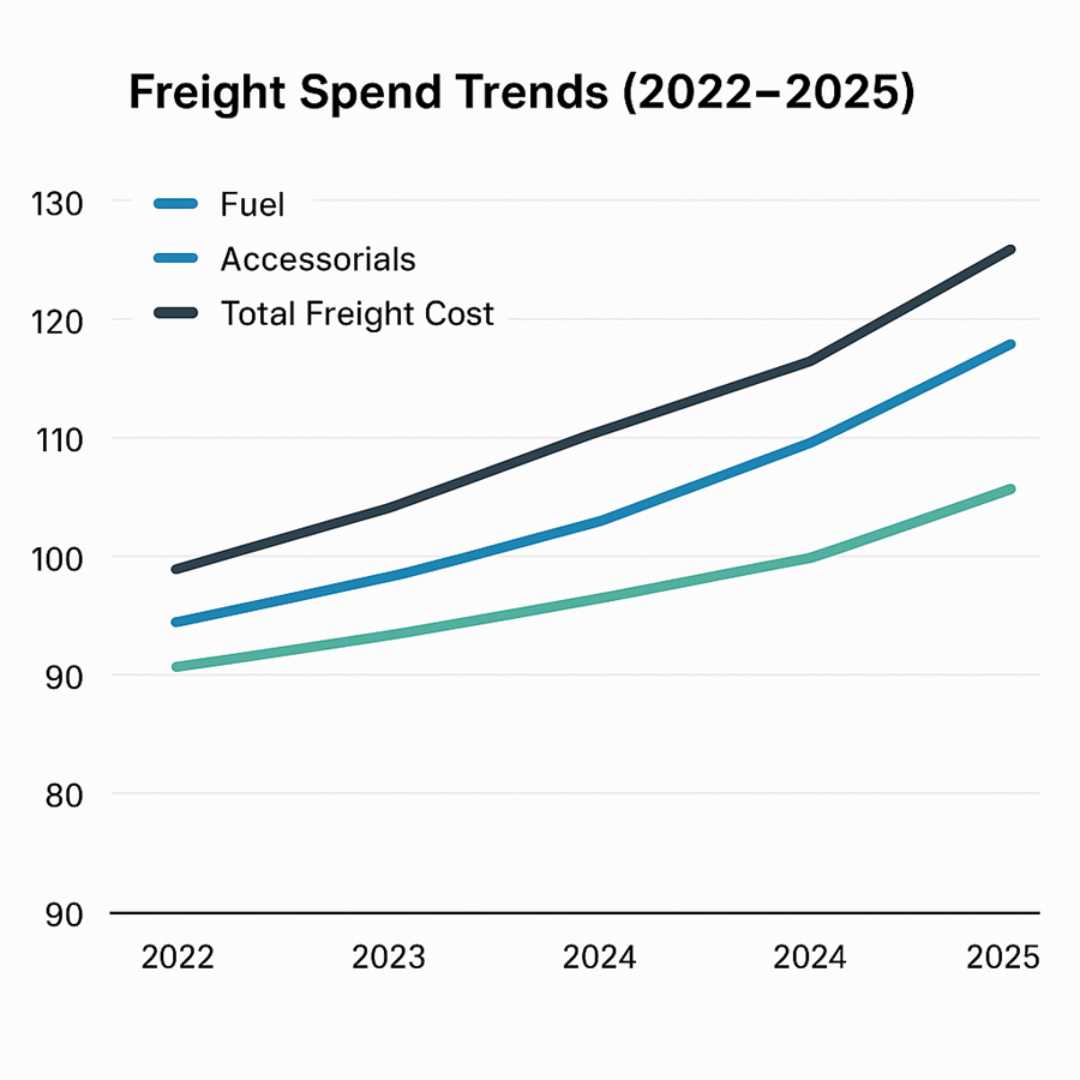
The Hidden Goldmine in Your Freight Audit Data
Every shipment has a story, and your audit data is the definitive account—free from duplicate charges, rate discrepancies, or human errors. This data holds the key to identifying inefficiencies and opportunities.
Key benefits include:
- Cost Accuracy: A clear breakdown of what you paid, including base rates, fuel surcharges, accessorial fees, and other costs.
- Carrier Performance: Metrics on delivery timeliness, recurring exceptions, and billing discrepancies.
- Lane-Level Insights: Detailed analysis of high-volume lanes, seasonal fluctuations, and negotiation opportunities.
- Accessorial Trends: Patterns like consistent detention fees that signal the need for renegotiation.
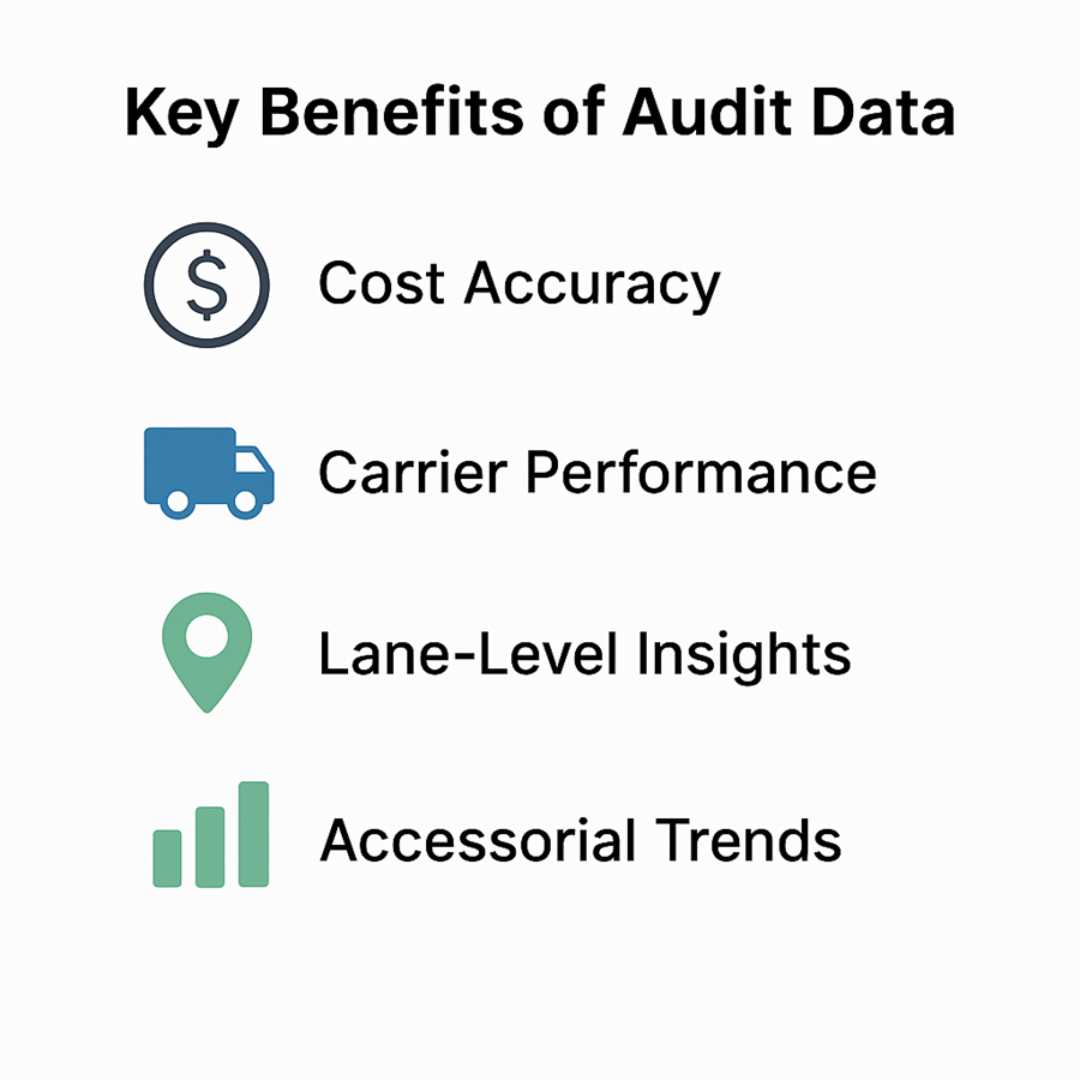
How to Leverage Audit Insights During the Freight RFP Process
Once you’ve consolidated your audit data, the next step is integrating it into your RFP strategy. Here’s how industry leaders are using these insights:
- Build Smarter Bid Packages: Craft RFPs that break down volume, cost, and service metrics at a lane level.
- Validate Carrier Proposals: Use your historical data to critically assess carrier bids.
- Model Future Spend: Leverage audit data to create accurate forecasts.
- Drive Performance Conversations: Use hard data to discuss service-level expectations and negotiate improvements.
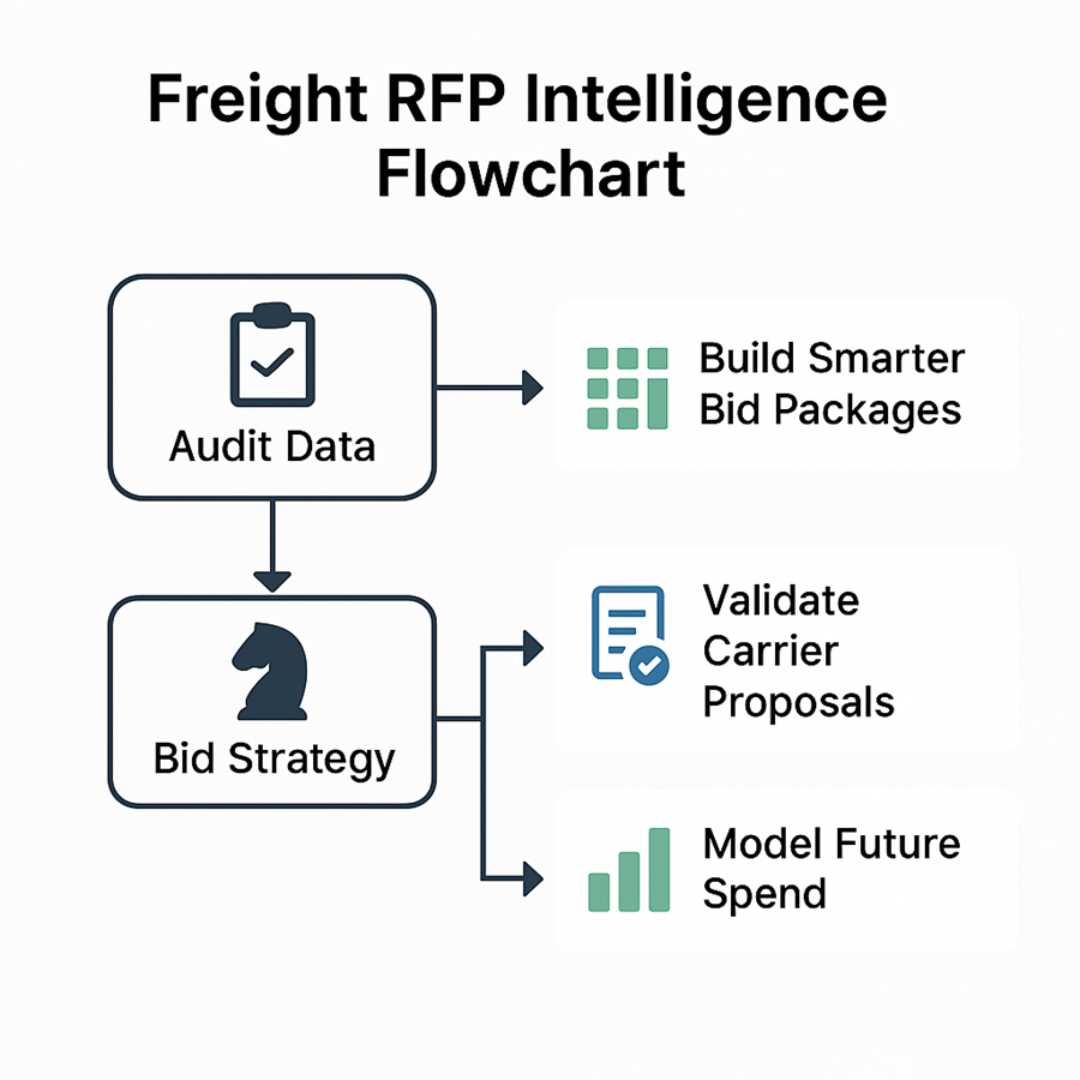
Tools & Tips to Prep for RFP Season
Success begins with a clean, normalized dataset. Here are some best practices and tools to ensure your data is RFP-ready:
- Integrated Systems: Combine your TMS data with our advanced audit platform.
- Focus on Total Landed Cost: Look beyond base rates to include hidden charges.
- Spot Repeat Accessorials: Identify recurring charges that could be renegotiated.
- Set Clear RFP Language: Define KPIs and service expectations using your performance data.
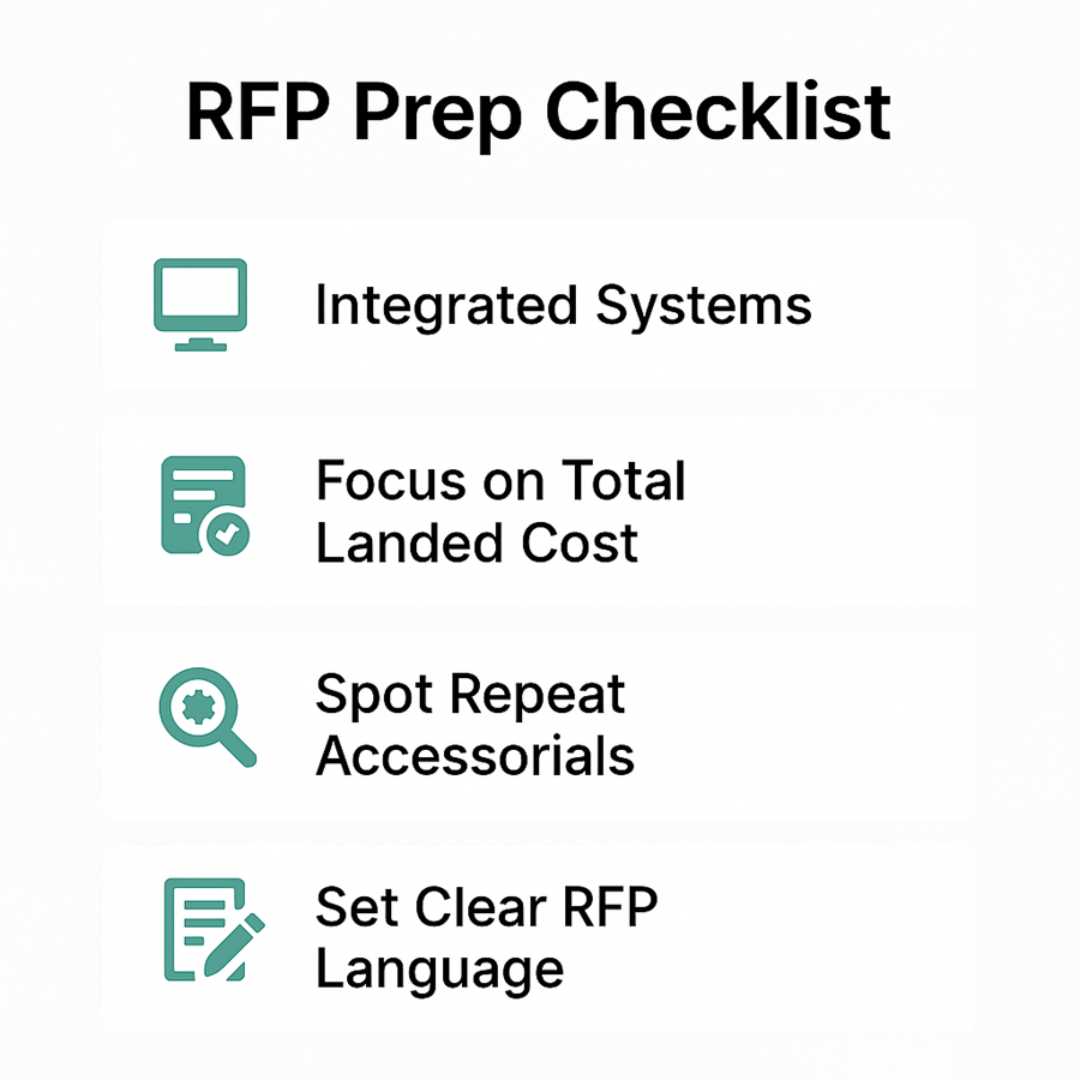
Make This RFP Season Count
The RFP process is no longer a guessing game. When you approach negotiations with verified, comprehensive data, you’re not just chasing lower rates—you’re building a resilient, strategic freight program that drives efficiency and cost savings.
If you’re ready to transform your freight data into actionable insights and secure better terms, reach out to Hatfield & Associates. We specialize in helping supply chain and logistics leaders turn audit history into strategic power at the negotiation table.

